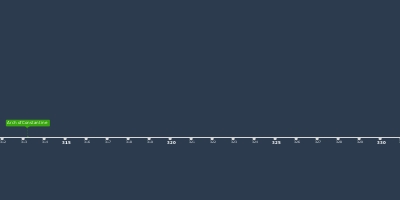dec 5, 555 - Monastery of St. Catherine
Description:
Foot of Mount Sinai in Egypt, ext. 565Location: one of the holiest locations in the Judeo-Christian tradition, here Moses heard God speak from the Burning Bush and later received the Law from God on the mountain, and Elijah saw God pass by while he was hiding in a cave to escape Jezebel. Egypt was a contested territory, so Justinian commissioned a fortress around the monastery for protection against Arab tribes. The Rebus Santus (burning bush) and pinkish rocks of the surrounding mountains appear in the interior decorations of the church.
Monastery: originally dedicated to the Virgin, but the relics of St. Catherine were eventually miraculous brought her by angels. Images of Elijah and John the Baptist in the church emphasize the monastic ideal found in those two figures - a life of prayer and poverty in the wilderness to encourage closeness with God.
Liturgy: light was integral to the practices of the monks and the form of their church. The monks prayed the Liturgy of the Hours with eight distinct offices of prayer throughout the day and night. The windows positioned on the eastern and western ends of the church let light in at dawn, when the monks would be praying matins, and in the evening, when the monks would be praying vespers. As Nelson states in his article on the monastery, the light which pierces the windows on the church in morning and evening and the subjects of the church's mosaics are concrete renderings of the metaphor that God is Light, the central metaphor of both matins and vespers' prayers.
Relevant Terms: Justinian, Liturgy of the Hours
Added to timeline:
Date:
dec 5, 555
Now
~ 1470 years ago
